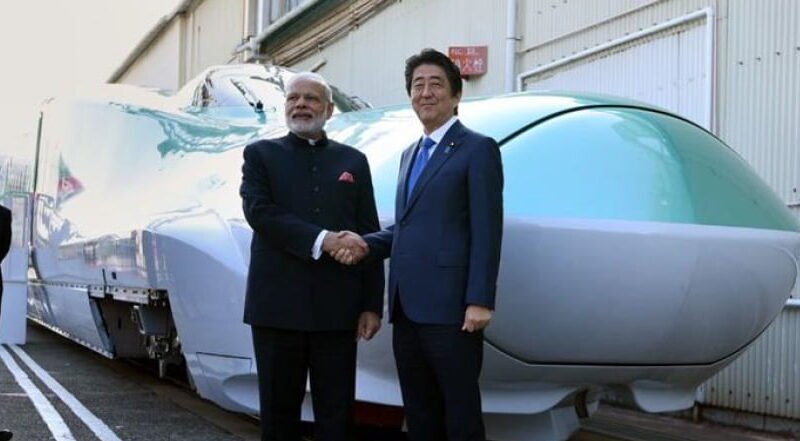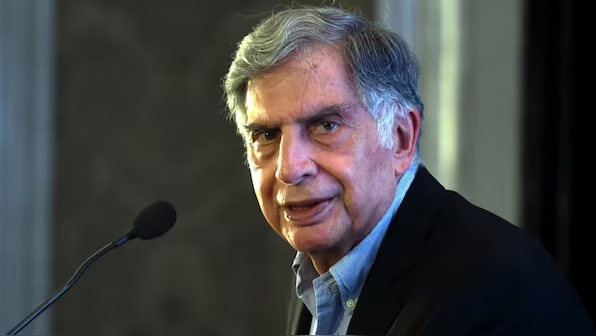India is set to receive its first high-speed rail corridor from Tokyo, Japan. The train will reach speeds of up to 320 km/h, greatly reducing travel time. Future plans include expanding to 35 trains with up to 70 daily trips and building an undersea tunnel.
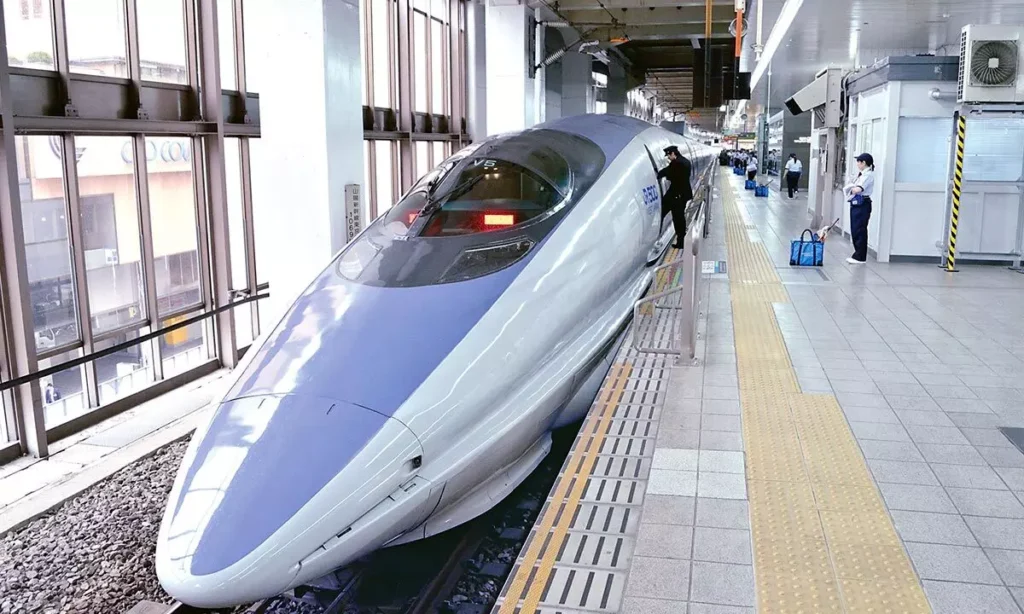
10 Fascinating Facts About India’s First Bullet Train
Name and Type: The bullet train will be named Shinkansen E5, signifying India’s first foray into high-speed rail on the Mumbai-Ahmedabad corridor.
High-Speed Efficiency: Known for their exceptional speed and reliability, Shinkansen E5 trains can achieve a maximum speed of 350 km/h. For operational purposes in India, the train will primarily run at 320 km/h, drastically reducing travel time between Mumbai and Ahmedabad.
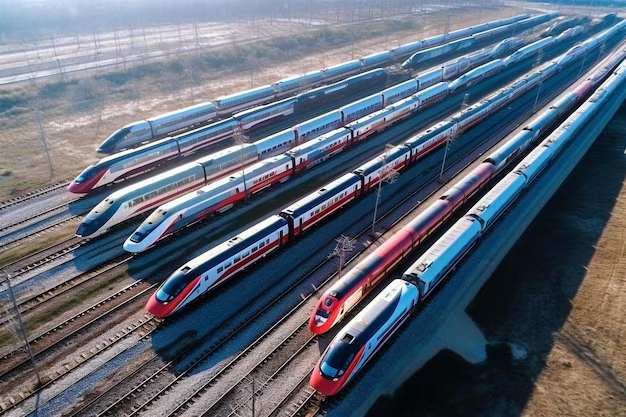
Future Orders: Indian Railways plans to place orders for these advanced trains by 2024, with production schedules dependent on negotiations with Japanese manufacturers.
Semi-High-Speed Alternatives: In addition to the bullet train, Indian Railways is preparing to introduce semi-high-speed trains. These trains will potentially replace existing premium services like Rajdhani and Shatabdi, operating at speeds of up to 250 km/h.
Innovative Manufacturing: The Integral Coach Factory has issued a tender for the production of two chair-car high-speed trains made of stainless steel, capable of achieving operational speeds of 250 km/h.
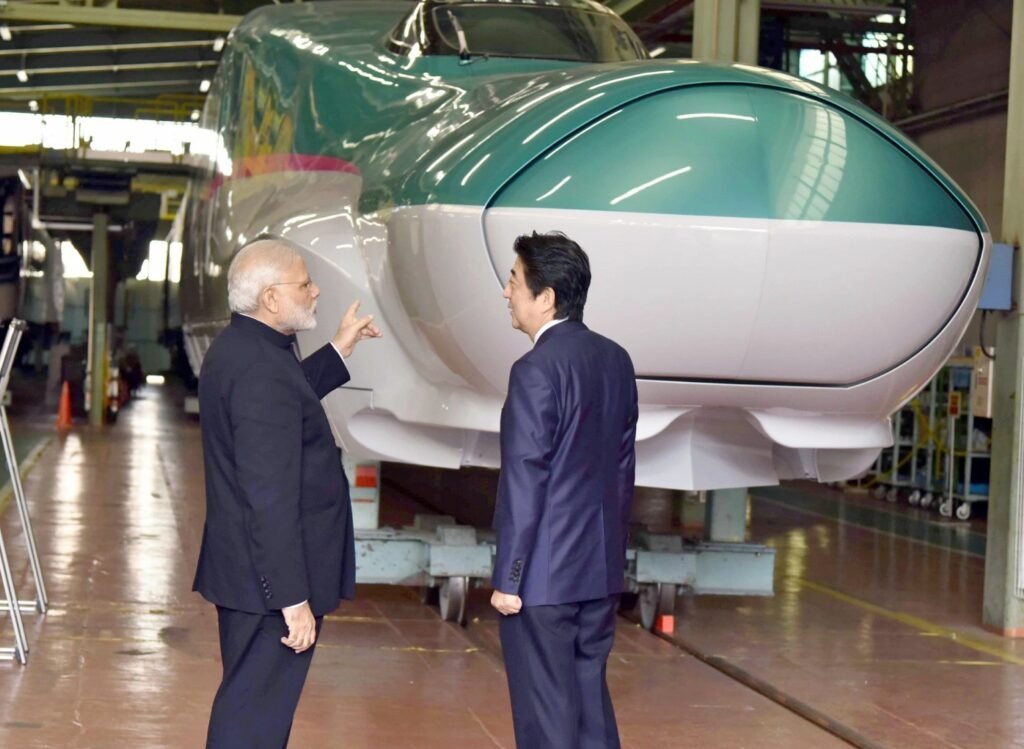
Testing Ground: The 508-km bullet train corridor will also serve as a testing area for the newly planned semi-high-speed trains, ensuring that both train types can operate efficiently on the same route.
Travel Options: The bullet train will provide two travel options: one that stops at all 12 stations along the route, taking approximately three hours, and another that offers limited halts for faster travel times.
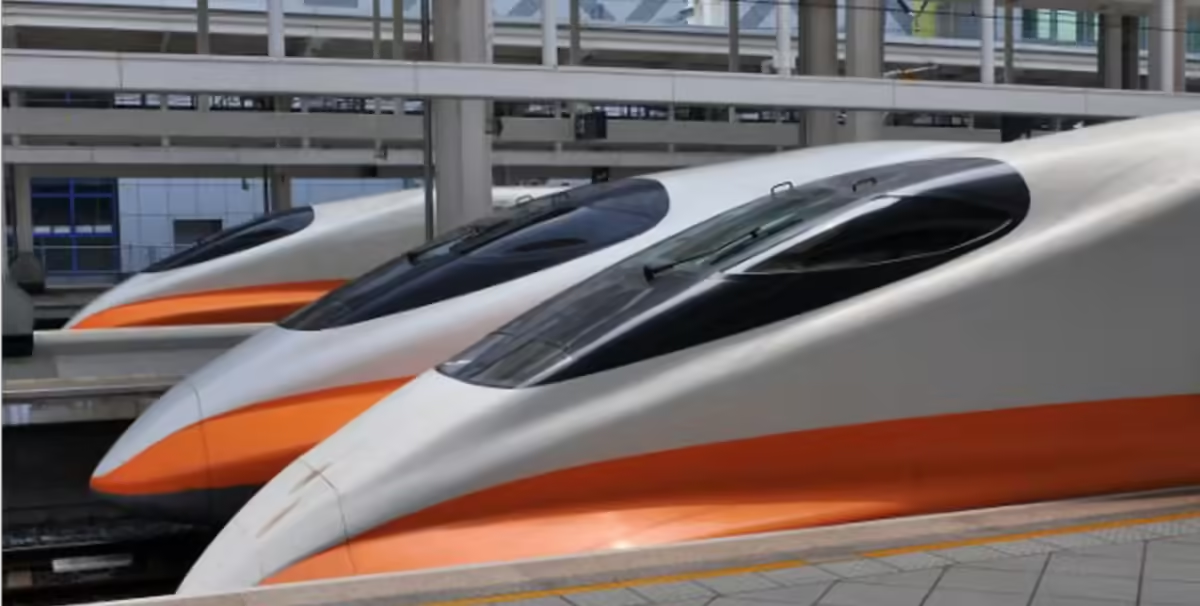
Geographic Coverage: The corridor will span 508 km, with 351 km in Gujarat and 157 km in Maharashtra. This extensive route will significantly boost connectivity between the two states.
Expansion Plans: There are ambitious plans to expand the service, with an initial fleet of 35 bullet trains. Each train will feature 10 coaches and could make up to 70 daily trips, greatly enhancing passenger capacity.
Undersea Tunnel Development: An engineering marvel, work has begun on the first undersea tunnel between BKC and Thane as part of the project. This tunnel underscores the innovative spirit of the initiative and is set to be a key component of the bullet train’s route.
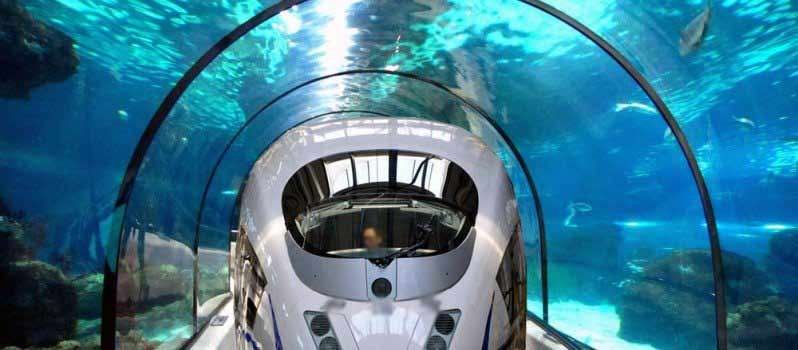
The introduction of the bullet train marks a pivotal moment for India’s railway system, combining speed, efficiency, and technological advancement. With its commitment to enhancing travel and connectivity, India is on the brink of a transportation revolution that could reshape the way millions commute. As the project progresses, the excitement surrounding this ambitious endeavor continues to grow, promising a brighter future for rail travel in the country.

